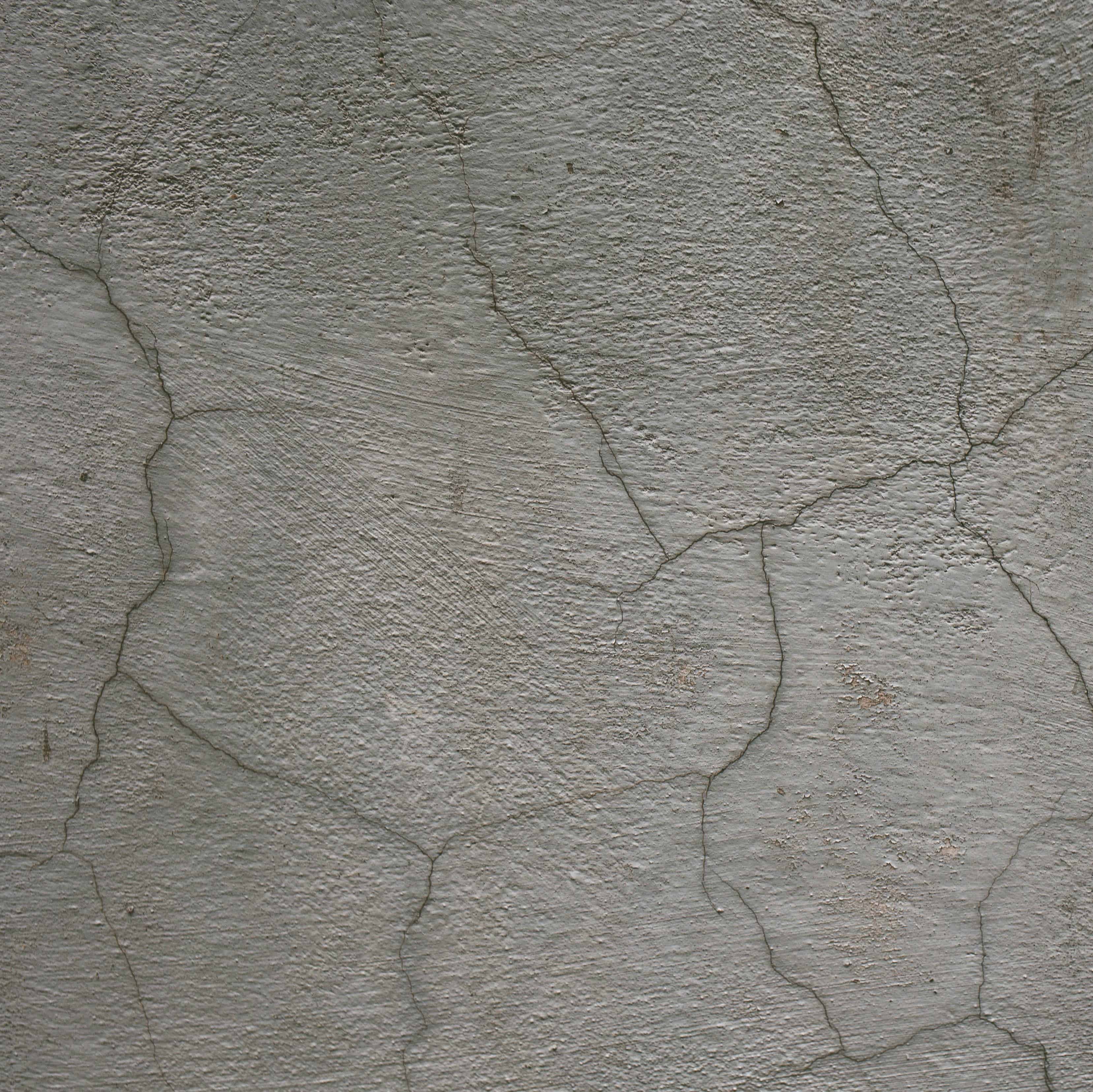Polyurethane grouting is the process of injecting polyurethane to fill up and seal cracks, joints or any forms of voids in concrete or masonry compounds. A special form of polyurethane with expanding property is commonly used in polyurethane grouting. The purpose of polyurethane grouting is generally to create a waterproof barrier to stop water flow, seal cracks and joints and to fill empty voids.
The polyurethane grouting is injected using low to high pressure, depending on the concrete’s compactness and strength. When in contact with the prevalent water or moisture in the slab, polyurethane grout expands up to ten times its original volume to fill and seal the cracks and voids. With the pressure, the grout is able to reach deep into the concrete slab and seal up any cracks and voids completely. The same injection port is usually injected twice, the second time will be done after the first injection has cured so as to ensure a complete coverage of the grout. It is important to carry out this step to ensure that any unfilled voids from the first injection is fully filled from the second injection.
Polyurethane injection grouting is a very common and cost-effective method to repair water leakages through concrete substrates. Most of the leakages happening in your toilet, ceiling, basement wall, balcony etc can be repaired via polyurethane injection grouting. It is a common misconception that grouting will cause the leakage to “shift” to another location. Firstly, a leakage is constituted by the prevailing cracks and joint weaknesses in the concrete substrate. By carrying out polyurethane injection grouting, we are repairing the concrete’s defects and making sure that the concrete is back to its original water-tight condition. There will not be any leakage through concrete if there is no cracks, voids or joint weaknesses.
As our infrastructure ages, we bound to experience wear and tear and structural defects which consequentially cause water leakage issues. Polyurethane injection grouting has been and will continue to be a very cost-effective and efficient method to repair the structural defects and stop any water leakage problems.



